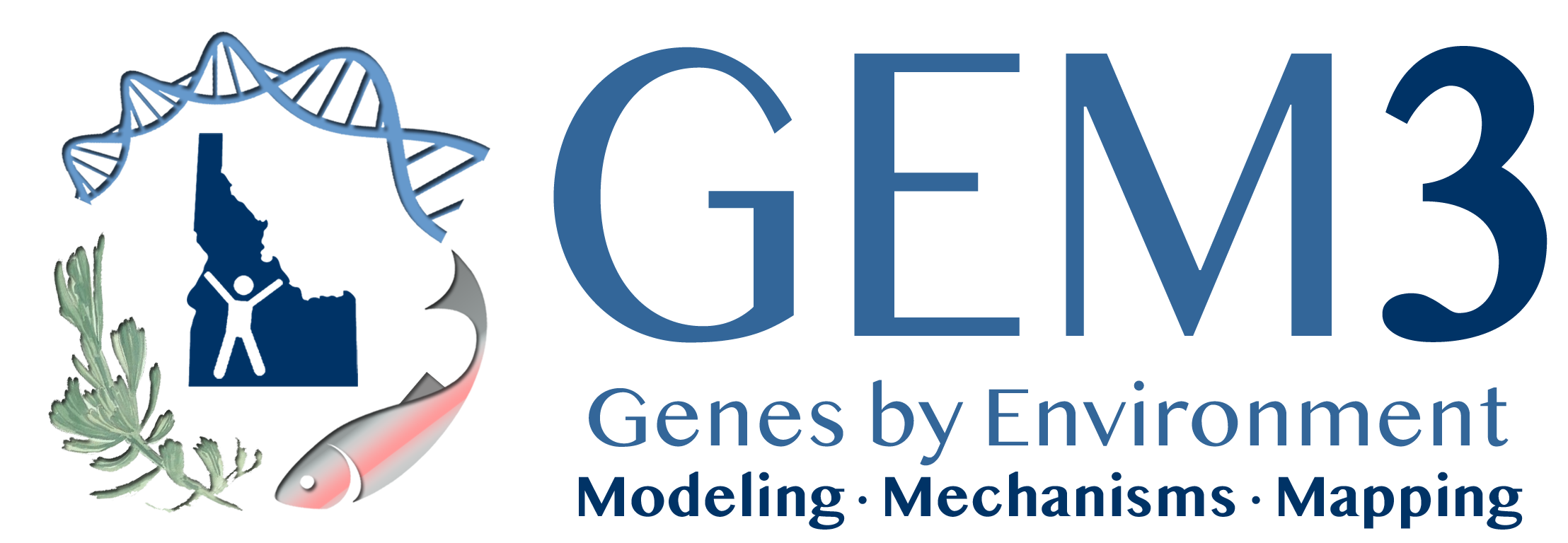Climate change presents distinct ecological and physiological challenges to plants as extreme climate events become more common. Understanding how species have adapted to drought, especially ecologically important nonmodel organisms, will be crucial to elucidate potential biological pathways for drought adaptation and inform conservation strategies. To aid in genome-to-phenome research, a draft genome was assembled for a diploid individual of Artemisia tridentata subsp. tridentata, a threatened keystone shrub in western North America. While this taxon has few genetic resources available and genetic/genomics work has proven difficult due to genetic heterozygosity in the past, a draft genome was successfully assembled. Aquaporin (AQP) genes and their promoter sequences were mined from the draft genome to predict mechanisms regulating gene expression and generate hypotheses on key genes underpinning drought response. Fifty-one AQP genes were fully assembled within the draft genome. Promoter and phylogenetic analyses revealed putative duplicates of A. tridentata subsp. tridentata AQPs which have experienced differentiation in promoter elements, potentially supporting novel biological pathways. Comparison with nondrought-tolerant congener supports enrichments of AQP genes in this taxon during adaptation to drought stress. Differentiation of promoter elements revealed that paralogues of some genes have evolved to function in different pathways, highlighting these genes as potential candidates for future research and providing critical hypotheses for future genome-to-phenome work.
Result of SVD for RDE categories across AQP genes. Three distinct clusters were identified in the silhouette analysis, each enclosed in a convex hull. Each cluster consists of genes from multiple AQP subfamilies (NIP, purple; PIP, green; and TIP, red). PC1 explained 75% of variance, while PC2 explained 7.5% of variance
| GEM3 author(s) | |
| Year published |
2021
|
| Journal |
Ecology and Evolution
|
| DOI/URL | |
| Mentions grant |
Yes
|
